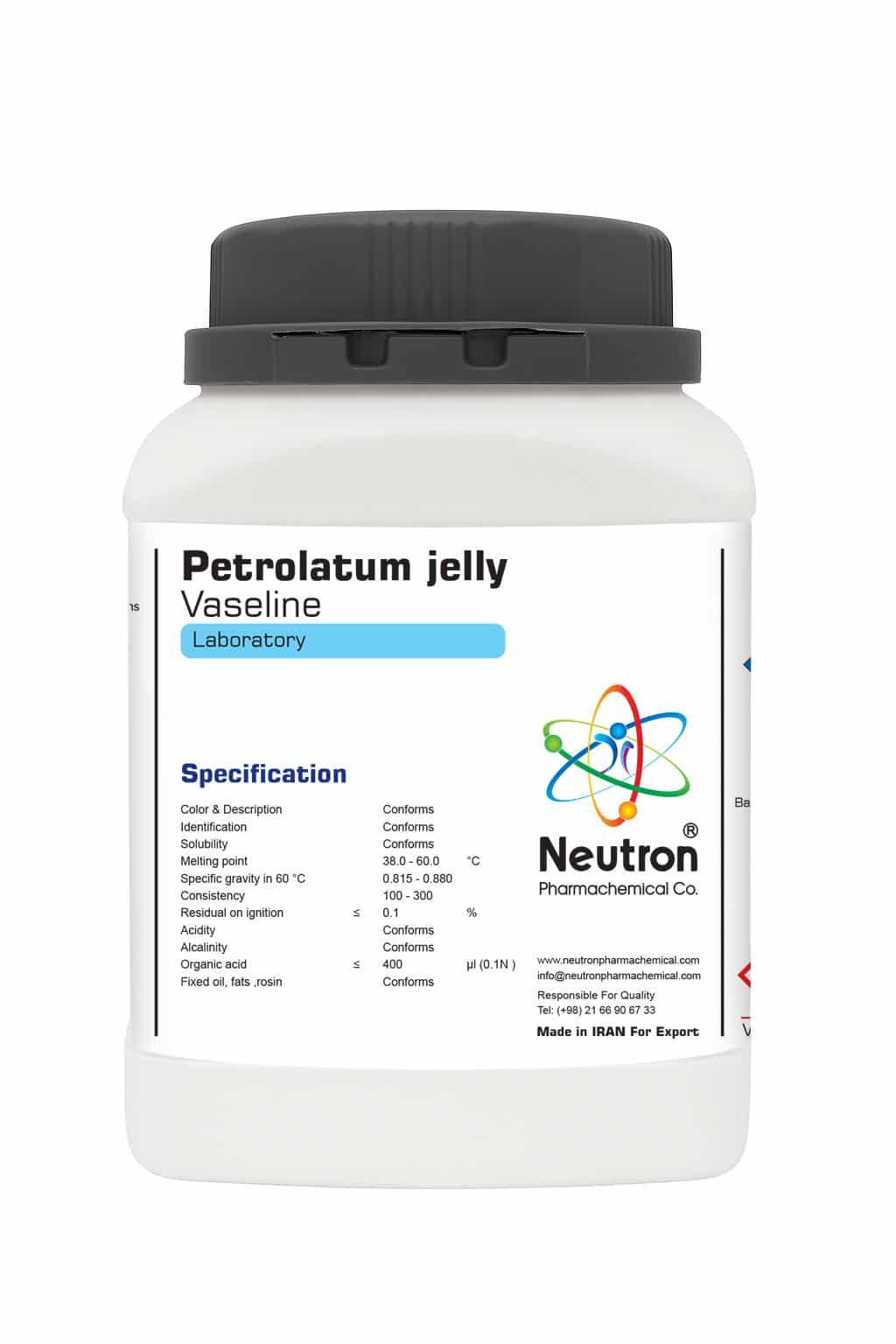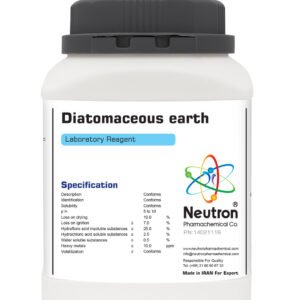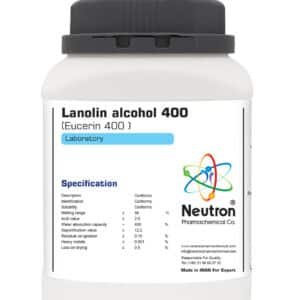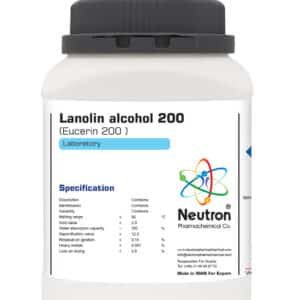پترولیوم ژلی (وازلین)
| Formula | saturated hydrocarbons |
| CAS number | 8009_03_8 |
| Color & Description | Conforms | ||
| Identification | Conforms | ||
| Solubility | Conforms | ||
| Melting point | 38.0 – 60.0 | °C | |
| Specific gravity in 60 °C | 0.815 – 0.880 | ||
| Consistency | 100 – 300 | ||
| Residual on ignition | ≤ | 0/1 | % |
| Acidity | Conforms | ||
| Alcalinity | Conforms | ||
| Organic acid | ≤ | 400 | μl (0.1N ) |
| Fixed oil, fats ,rosin | Conforms |
Petroleum Jelly (Vaseline) is a semi-solid mixture of hydrocarbons widely used in pharmaceuticals, cosmetics, and personal care products for its occlusive, protective, and moisturizing properties. It forms a barrier on the skin, preventing water loss and protecting against external irritants.
🏭⚗️ Production
Petroleum jelly is produced by the refining of crude oil. The process involves de-waxing, distillation, and purification to remove impurities, sulfur compounds, and other potentially irritating substances. The final product is a smooth, uniform semi-solid with consistent texture and melting point, suitable for pharmaceutical and cosmetic applications.
🔬 Properties
Petroleum jelly is a pale yellow to white, soft, greasy semi-solid. It is hydrophobic, insoluble in water, but soluble in oils and organic solvents. It has a melting point typically between 38°C and 60°C, depending on the grade. It is chemically inert, non-reactive with most active pharmaceutical ingredients, and stable under normal storage conditions.
🧪 Applications
In pharmaceuticals, petroleum jelly is used as an ointment base, lubricant, and protective barrier in dermatological formulations. It is employed in wound care, lip balms, and creams to maintain moisture and enhance skin barrier function. In cosmetics, it serves as a moisturizer, skin protectant, and carrier for active ingredients. It is also used in industrial applications as a lubricant or rust-preventive coating.
⚠️ Safety
Petroleum jelly is generally regarded as safe for external use. It is non-toxic, non-irritant, and non-sensitizing in most individuals. However, it should not be applied to deep wounds or mucous membranes without medical advice. Storage should be in a cool, dry place, away from heat and open flames. While it is chemically stable, contaminated or oxidized petroleum jelly should be discarded to prevent skin irritation or infection risk.





